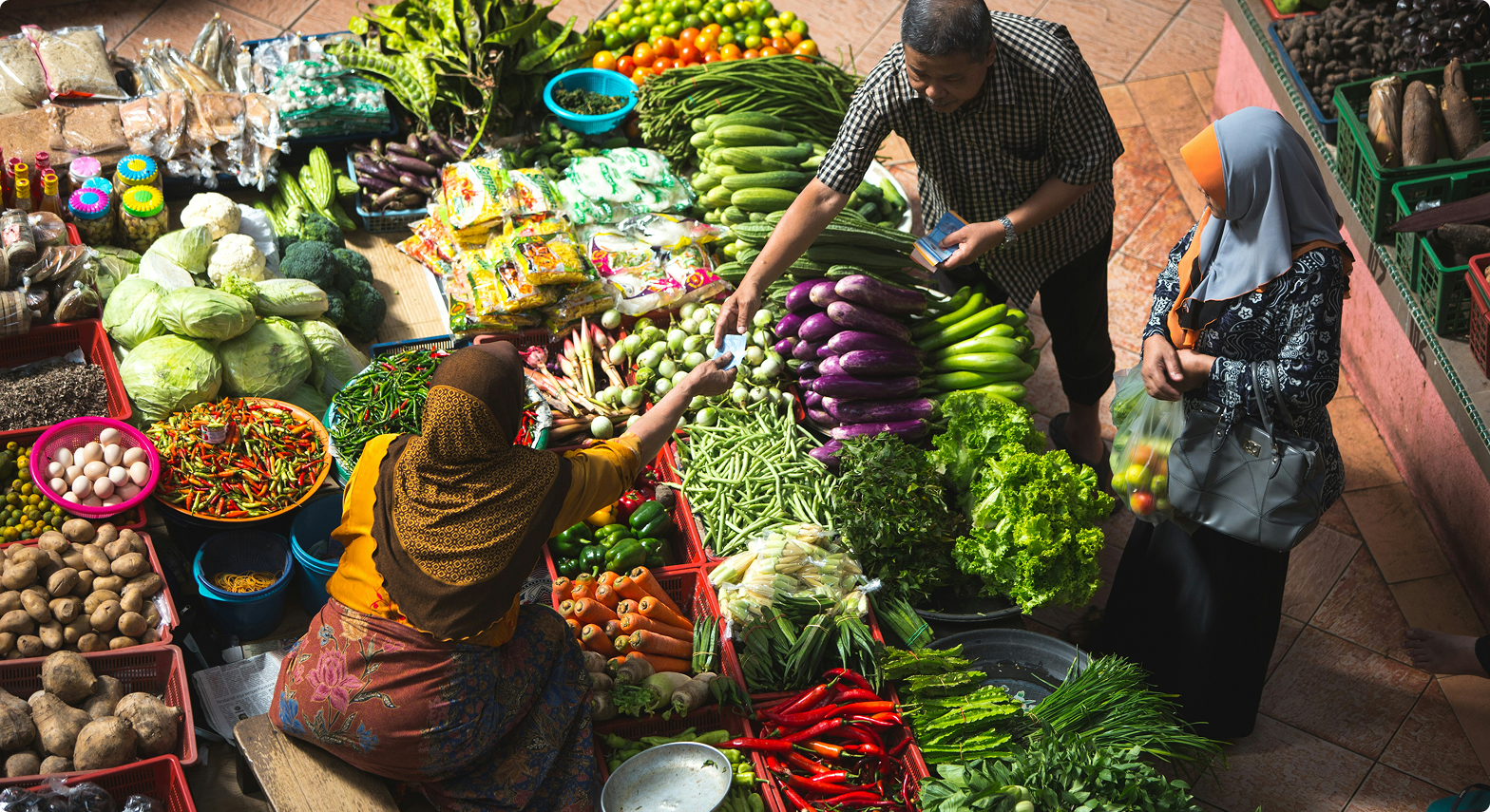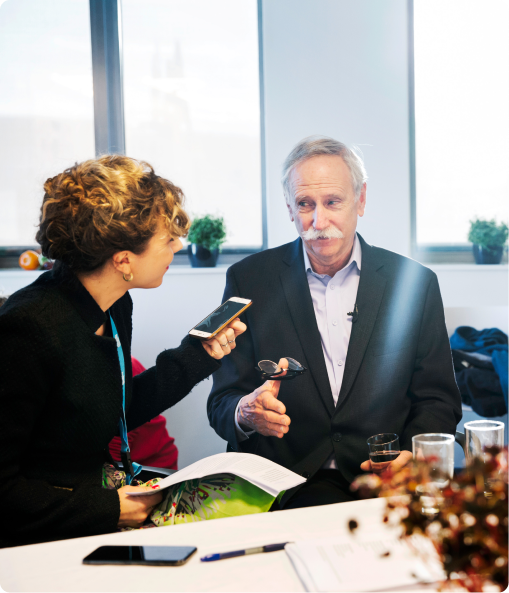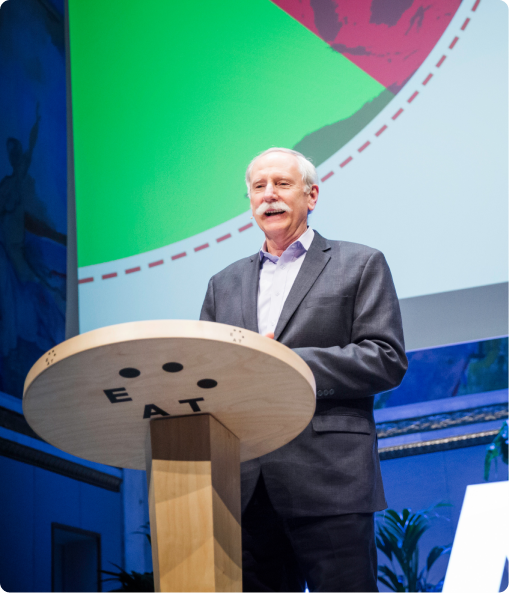

The EAT-Lancet Commission is a global, interdisciplinary group of world-leading researchers with expertise in nutrition, health, agriculture, sustainability, social justice, and policy – working together towards a healthy, sustainable, and just food system.
Discover All Resources
Together we have developed scientific targets for healthy diets from sustainable and just food systems. This includes the reference Planetary Health Diet, the food system shares of the planetary boundaries, and clear social guardrails for a just food system.
Discover All Resources
The Commission showed that feeding 10 billion people a healthy diet within safe planetary boundaries by 2050 is both possible and necessary. The adoption of the ‘Planetary Health Diet’ would help avoid severe environmental degradation and prevent approximately 15 million adult deaths per year.
Discover All Resources
The EAT-Lancet Commission is a global, interdisciplinary group of world-leading researchers with expertise in nutrition, health, agriculture, sustainability, social justice, and policy – working together towards a healthy, sustainable, and just food system.
Discover All Resources
Together we have developed scientific targets for healthy diets from sustainable and just food systems. This includes the reference Planetary Health Diet, the food system shares of the planetary boundaries, and clear social guardrails for a just food system.
Discover All Resources
The Commission showed that feeding 10 billion people a healthy diet within safe planetary boundaries by 2050 is both possible and necessary. The adoption of the ‘Planetary Health Diet’ would help avoid severe environmental degradation and prevent approximately 15 million adult deaths per year.
Discover All Resources